If that’s a yes, then this guide is for you! Blockchain security audits are the examination of any blockchain system in its entirety, plus its smart contracts and any applications pertaining to it. It is alleged to seek out vulnerabilities and threat vectors that could be potentially exploited by ill-intentioned individuals. A successful audit helps to enhance the overall integrity and security of a blockchain project, so users can be protected from data breaches and financial losses in their preferred trading platform.
Why are these audits crucial?
- Many blockchain projects manage large sums of money, particularly those built around smart contracts and decentralized finance (DeFi) systems. Even a small vulnerability that gets exploited can result in massive losses. Audits can find and fix any vulnerability before it can be exploited.
- A security audit from a reputable firm assures investors, partners, and users that a project prioritizes security and has undergone rigorous scrutiny. This can help to build trust in the public and encourage adoption rates.
- Audits can help blockchain projects adhere to current industry standards as well as relevant regulations and laws.
- Audits can also identify logical errors and inefficiencies, so projects can have a much better performance at reduced operational costs. They can identify areas where code can be optimized so its quality and efficiency will be improved.
- Audits can proactively identify and address risks so projects can reduce the likelihood of security incidents while maintaining a stable and reliable system.
What is typically involved in a blockchain audit?
- When it comes to smart contracts, a code review is often the most critical aspect—one might even say it is the very life of the contract, because the contract might contain logic and control funds directly on a blockchain. A smart contract auditor checks for vulnerabilities, functionality, and whether the code has followed secure standards and patterns.
- A security architecture analysis is done to review the overall design of the application or network. Components that get assessed include node security, consensus mechanisms, and network layers.
- Penetration testing involves ethical hacking in order to simulate real-world scenarios that can potentially lead to the exploitation of vulnerabilities. This helps auditors discover weaknesses in the system that may not be apparent from doing a code review alone.
- A configuration and deployment review checks if the blockchain system is correctly configured and deployed by identifying any misconfigurations, improper permissions, or weak access controls that could create holes in security.
- A cryptography review assesses the proper implementation as well as usage of cryptographic primitives such as digital signatures, encryption, and hashing to make sure there’s data security and integrity. It also verifies the security of private key storage and management.
- Threat modeling helps to discover any possible vector attacks and threats that are specific to the blockchain ecosystem. It draws the landscape of the possibilities where the attackers can compromise the system.
- Finally, a documentation review compares the project’s technical documents, white papers, and specifications with the real-world implementation to determine if there are any inconsistencies. This exercise helps to ensure that processes and security measures are properly documented.
If you’re interested in knowing more about blockchain security, visit the Hashlock website today and learn about the services we offer.

